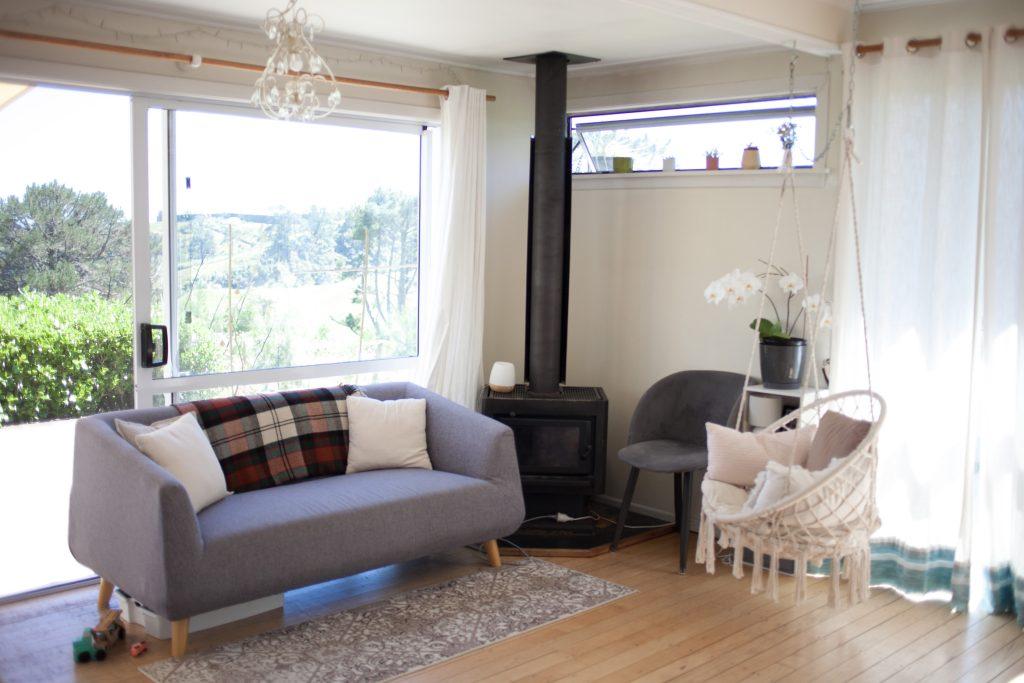In recent years, minimalist design has surged in popularity, celebrated for its sleek lines, uncluttered spaces, and a promise of serene living environments. As this aesthetic continues to dominate architectural magazines and design blogs, it has undeniably shaped contemporary perceptions of modern living. However, beneath its polished surface lies a critical debate: does minimalist design inadvertently strip family homes of their inherent warmth and comfort? This article delves into the intricate dynamics between minimalist design principles and the emotional essence of familial spaces. By examining the core elements of minimalism, alongside the psychological and social dimensions of home environments, we aim to uncover whether this design philosophy meets the complex needs of family life or if it leaves a void that no amount of style can fill.
Minimalist Designs Cold Aesthetic: Understanding the Emotional Disconnect
In the pursuit of simplicity, minimalist design often strips away elements that traditionally exude warmth and comfort, leaving a stark and sometimes sterile environment. While clean lines and neutral palettes can offer a sense of calm and order, they may inadvertently create an emotional void in family homes. The absence of personal touches can lead to spaces that feel impersonal, prompting inhabitants to experience a sense of emotional disconnect. This disconnect is particularly evident in family settings where the hustle and bustle of daily life yearns for warmth and vibrancy.
Key factors contributing to this emotional void include:
- Lack of color: Minimalist designs often rely heavily on whites and greys, which can feel cold and uninviting.
- Absence of personal artifacts: Minimalism’s aversion to clutter can result in the removal of personal items that bring warmth and history to a space.
- Rigid furniture: Sleek, modern furniture might sacrifice comfort for style, creating an unwelcoming atmosphere.
To bridge this gap, incorporating elements such as textured fabrics, strategic pops of color, and cherished family heirlooms can infuse life and warmth back into minimalist spaces, fostering an environment where families can thrive emotionally.

The Impact of Minimalism on Family Interaction and Comfort
Incorporating minimalist design into family homes often leads to a fascinating dynamic shift in interaction and comfort levels. While the clean lines and uncluttered spaces can encourage a sense of tranquility, they may inadvertently create a sterile environment that lacks the warmth traditionally associated with family life. The absence of personal artifacts and the restrained color palette can sometimes lead to spaces that feel impersonal. This detachment can potentially impact family interactions, as spaces designed with minimalism may not naturally invite gathering and conversation.
Key elements often associated with warmth and familial comfort, such as:
- Textured fabrics
- Personal mementos
- Warm lighting
are frequently minimized or omitted in minimalist design. This can lead to an environment that prioritizes aesthetic over emotional connection, subtly influencing how family members engage with one another. For those seeking to balance minimalist aesthetics with family warmth, integrating personal touches and tactile elements becomes essential. Through thoughtful design, it is possible to maintain the serenity of minimalism while ensuring that the home remains a welcoming and engaging space for all family members.

Balancing Minimalism with Warmth: Strategies for Cozy Family Spaces
While the crisp, clean lines of minimalism offer a sense of calm and order, they can sometimes fall short in creating a welcoming environment for families. The key is to introduce elements that foster warmth without cluttering the space. One effective strategy is to incorporate textural contrasts. Soft textiles like plush throws, woolen rugs, and velvet cushions can instantly add a cozy layer to a minimalist setting. Similarly, using natural materials such as wood, rattan, or stone can introduce a tactile warmth that complements the sleekness of minimalist design.
Another approach is to focus on layered lighting. Instead of relying solely on overhead fixtures, consider integrating a variety of light sources. Table lamps, floor lamps, and wall sconces can create pockets of warmth, making the space feel inviting and intimate. Additionally, the use of warm color palettes in decor items can subtly enhance the coziness of the room. Think of muted earth tones, gentle pastels, or deep, rich hues that evoke comfort. By carefully selecting these elements, a minimalist family home can transform into a space that feels both serene and welcoming.
- Textural Contrasts: Soft textiles, natural materials
- Layered Lighting: Table lamps, floor lamps, wall sconces
- Warm Color Palettes: Earth tones, pastels, rich hues

Incorporating Personal Touches: Enhancing Warmth in Minimalist Homes
In the quest for simplicity, minimalist homes often risk losing the personal touches that imbue spaces with warmth and character. However, infusing individuality into these clean and uncluttered environments can be achieved without compromising their serene essence. Strategic incorporation of personal elements can transform a minimalist space from cold to inviting.
Consider the use of textiles and fabrics to add texture and warmth. A carefully chosen throw blanket or a set of plush cushions can make a stark living room feel instantly more welcoming. Additionally, integrating personal mementos—such as framed family photos, travel souvenirs, or heirloom pieces—on shelves or in curated displays can create a sense of belonging. To maintain the minimalist aesthetic, opt for a few statement pieces rather than a cluttered collection. Here are some suggestions:
- Layered lighting: Use lamps and candles to create a cozy atmosphere.
- Natural elements: Incorporate plants or wooden accents to add life and warmth.
- Color accents: Introduce warm tones through art or decorative items.
By thoughtfully blending these elements, a minimalist home can reflect the warmth and personality of its inhabitants while maintaining its clean, elegant lines.



